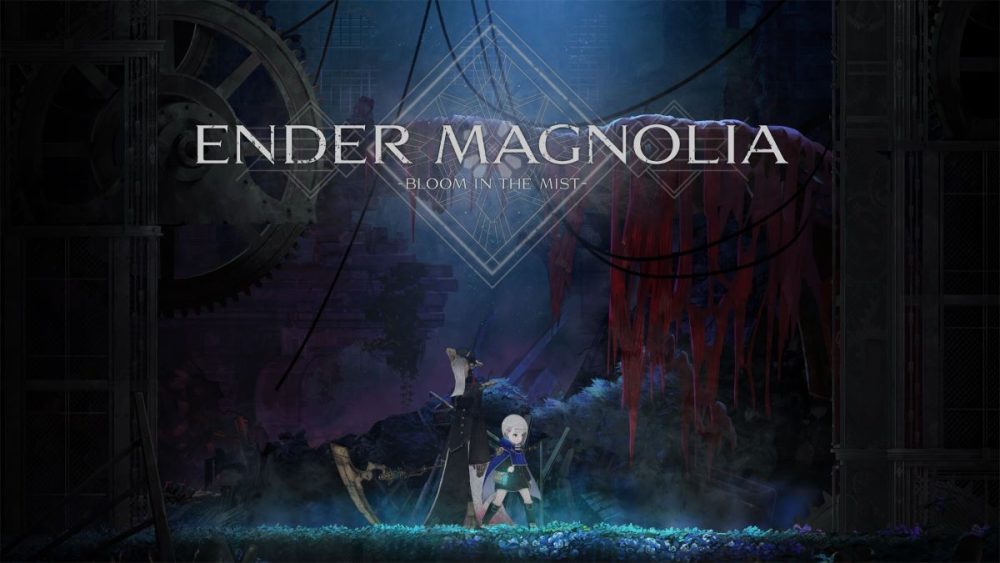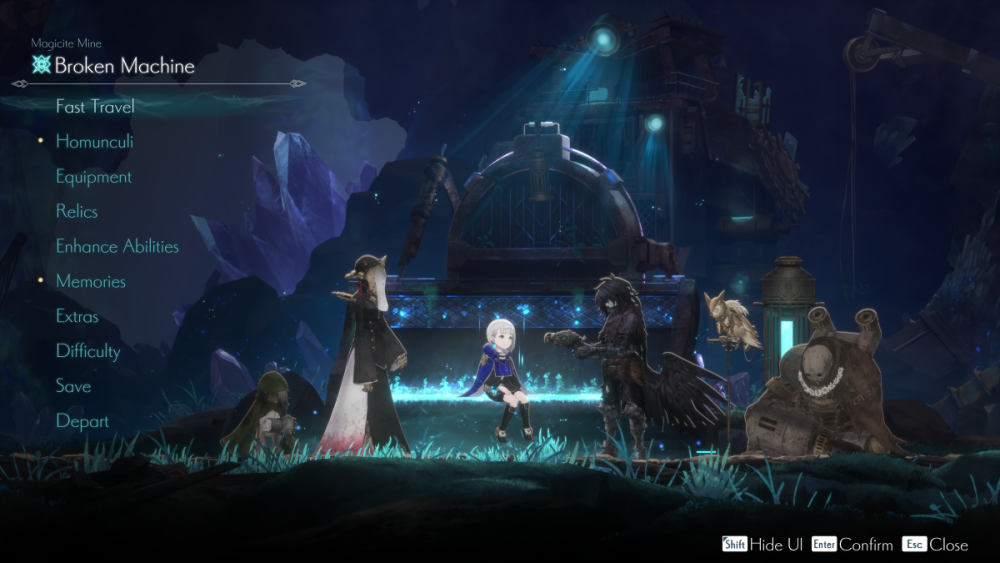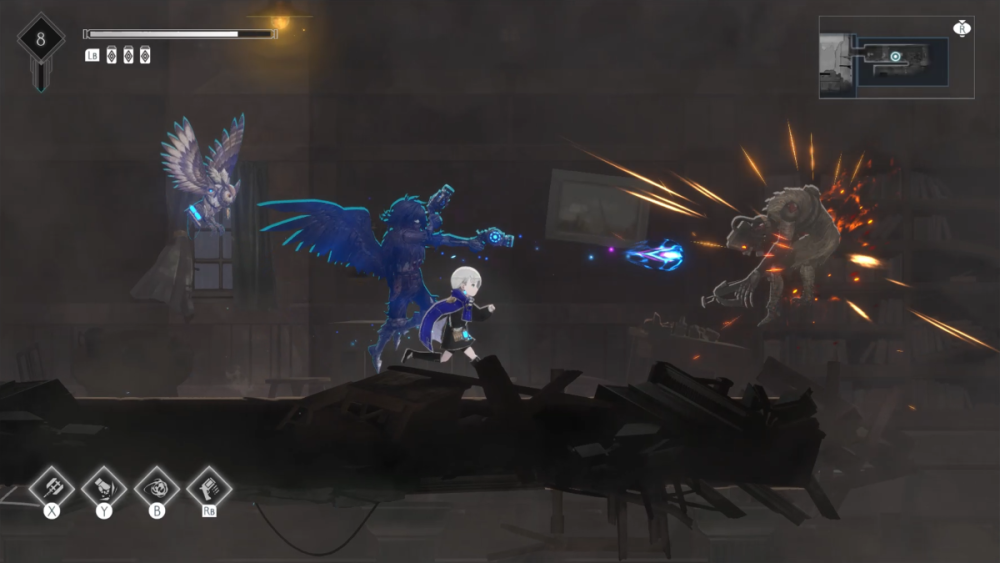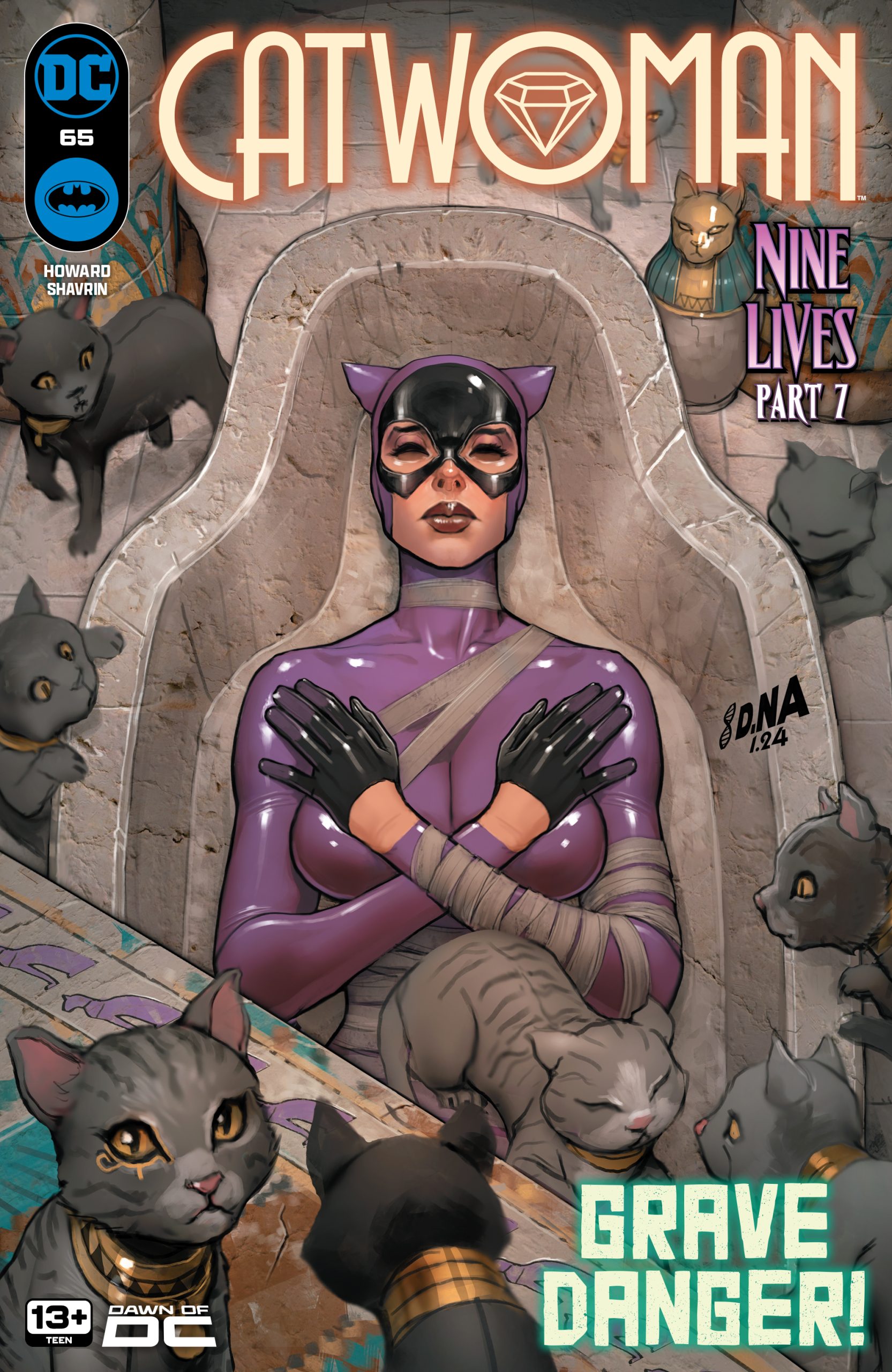[ad_1]
This past decade has seen an impressive resurgence of the 2D exploration action-adventure genre, popularly known by gamers as the Metroidvania sub-genre. Stellar examples of these games include indie-developed offerings such as Hollow Knight (2017), Ori and the Blind Forest (2015), F.I.S.T. – Forged in Shadow Torch (2021), and even some larger studio releases including this year’s Prince of Persia: The Lost Crown from Ubisoft and Nintendo’s 2021’s Metroid Dread via the exemplary work of Spanish developer MercurySteam. Yet, another solid addition to the Metroidvania sub-genre was Ender Lilies: Quietus of the Knights (2021), a game whose sequel you can check out in early access right now…


Developed by Adglobe and Live Wire, and published by Binary Haze Interactive, Ender Lilies deftly combined exploration, varied combat and RPG mechanics, with an intriguing plot enriched by entrancingly gloomy dark fantasy visuals and sombre music. A gem of a game that was sadly overlooked by a plethora of high profile calendar releases and the titanic hype surrounding Metroid Dread. It is to its credit that the team returns for a sequel in Ender Magnolia: Bloom in the Mist, launched on Steam Early Access in March 2024.
The story of Ender Magnolia takes place several decades after the first game and feels just enough of a departure as to be easy for newcomers to follow. In the world of Ender Magnolia, artificial souls can be created and bound to specially engineered bodies via arcane magic to form Homunculi. This servant class is used, abused, and often forgotten – until a mysterious mist called the Blight drove them insane, and society seemingly crumbled. Your avatar is an Atuner that can purify the souls of those Homunculi not fully lost to the Blight, and you wake up in a post-apocalyptic landscape. Gradually you find and purify new Homunculi who become your allies as you explore, learn more about, and survive this fallen world.
Naturally the game centers around exploration and combat. Your enemies are Homunculi drones completely lost to the Blight which plague each area. Combat is utilised via the skills of your own party of purified allies – each one with unique weapons and abilities that are equipped to the X, Y, B, and right button. Combat in Ender Magnolia compared to its predecessor is more streamlined – limiting the player to just four attacks, where Ender Lilies required two alternating menus of button allocated actions in live action combat. As in Ender Lilies every ally is upgradable via the acquisition of special items, often yielding different styles entirely. Which style you equip is entirely up to the player. There are blistering melee attacks and mid-range gun attacks to choose from, for instance.
Your own character can level up through combat, with slightly improved stats only becoming apparent when you return to early areas after significant time away, giving a sense of progression.
There is plenty of meat to sink your teeth into – with upgrades, equippable items, and dropped secrets introducing pieces of new lore. You also can meet and chat with NPCs, further gleaning new insight into the Land of Fumes, its politics and class stratification. At rest areas, which act as save points, you will also be afforded the opportunity to learn more about your comrades. Gameplay is fluid, and you constantly want to discover every nook and cranny of this world – as well as take on the different enemies you may encounter.


The difficulty level in Early Access is not overly trying but will give a decent level of challenge for beginners – especially in boss battles. Presumably on full release new options – and harder difficulty levels – will become available.
The visual style that made its predecessor standout returns with a shift towards a more industrialised steampunk aesthetic, and the music remains a solid draw too. Yamato Kasai and Cassie Wei, the composers for the previous game, return with their full indie classical music group Mili in tow. It is enthralling and really helps build the atmosphere of the game – often mixing wistful pianos with more industrial sounds.









